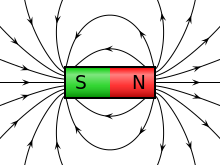What Materials Conduct Electricity?
Some materials conduct electricity and some do not. Materials that conduct electricity i.e. allow electricity to flow through them are called conductors. All metals conduct electricity, for examples, silver, copper, gold, steel, tin, aluminium, iron and lead. Examples of objects which conduct electricity are as follows:- iron rod, silver spoon, 20-sen coin, gold ring, needle, paper clip, copper wire, aluminium foil, tin can, scissors, steel wool, iron nails, pencil lead, water and orange juice
Materials that do not conduct electricity i.e. do not allow electricity to flow through them are called non-conductors. Wood, plastic, cloth, rubber and glass are materials that do not conduct electricity. Examples of objects which do not conduct electricity are as follows:
- matchstick, plastic comb, crayon, straw, chalk, paper, eraser, wooden ruler, glass, sponge, marbles, plastic spoon, toy, slippers, rubber band, button and cellophane tape
The Switch
A circuit must also contain a switch. A switch is used:














